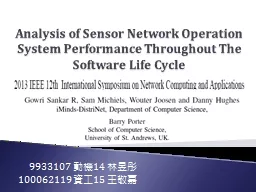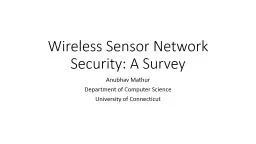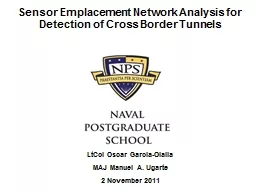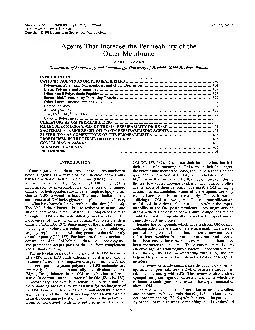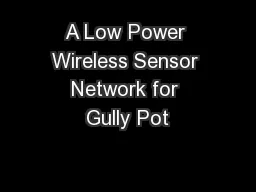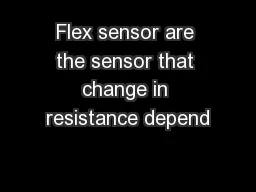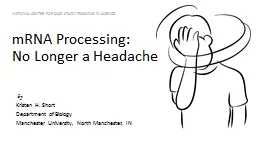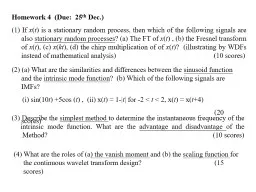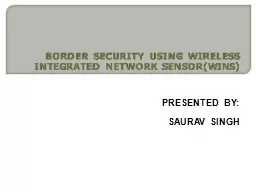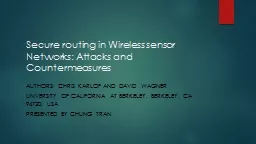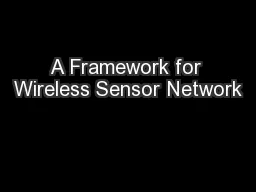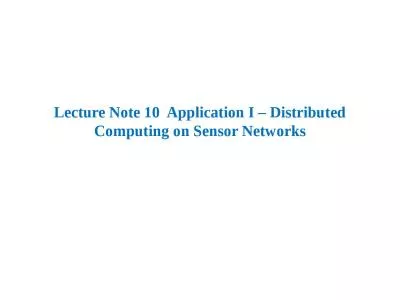PPT-Analysis of Sensor Network Operation System Performance Thr
Author : giovanna-bartolotta | Published Date : 2016-05-15
9933107 動機 14 林昱彤 100062119 資工 15 王敬嘉 Introduction Goal Fair Comparison Hardware OS selection Measurement Application description M easurement
Presentation Embed Code
Download Presentation
Download Presentation The PPT/PDF document "Analysis of Sensor Network Operation Sys..." is the property of its rightful owner. Permission is granted to download and print the materials on this website for personal, non-commercial use only, and to display it on your personal computer provided you do not modify the materials and that you retain all copyright notices contained in the materials. By downloading content from our website, you accept the terms of this agreement.
Analysis of Sensor Network Operation System Performance Thr: Transcript
Download Rules Of Document
"Analysis of Sensor Network Operation System Performance Thr"The content belongs to its owner. You may download and print it for personal use, without modification, and keep all copyright notices. By downloading, you agree to these terms.
Related Documents

